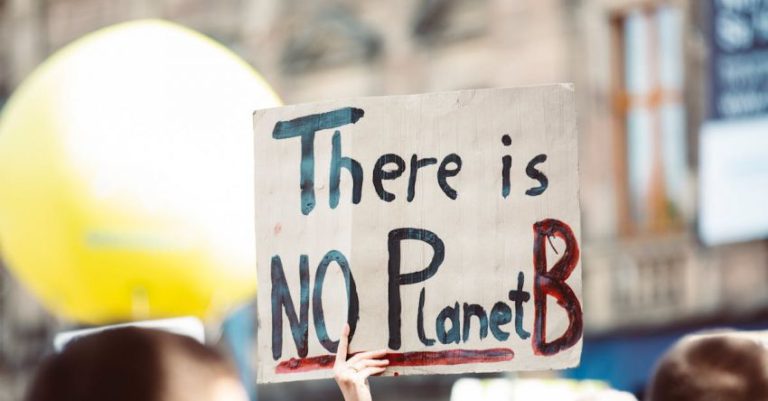
Coffee is one of the most popular beverages worldwide, enjoyed by millions every day. Its rich aroma and bold flavor make it a staple in many people’s morning routines. However, the environmental impact of coffee production is a topic that often goes unnoticed. From cultivation to consumption, every step of the coffee supply chain has implications for the planet. Let’s explore how the production of this beloved beverage affects the environment.
The Cultivation Stage
Coffee production begins with the cultivation of coffee plants, primarily in tropical regions around the world. The demand for coffee has led to the expansion of coffee plantations, often resulting in deforestation to make room for more crops. This deforestation not only destroys valuable ecosystems but also contributes to the loss of biodiversity. Additionally, the use of agrochemicals such as pesticides and fertilizers in coffee farming can lead to soil degradation and water pollution. These chemicals can seep into the soil and waterways, harming local wildlife and ecosystems.
The Water Footprint
Water is a crucial resource in coffee production, from growing the beans to processing them. The water footprint of coffee is significant, with large amounts of water needed to irrigate coffee plants and process the beans. In regions where water resources are already scarce, the intensive water usage of coffee production can strain local water supplies. Furthermore, the wastewater generated during coffee processing can contain pollutants such as chemicals and organic matter, which, if not properly managed, can contaminate water sources and harm aquatic life.
Carbon Emissions
The coffee industry is also a significant contributor to carbon emissions. The transportation of coffee beans from farms to processing facilities and then to consumers around the world involves long distances and multiple modes of transportation, all of which emit greenhouse gases. Additionally, the roasting of coffee beans is an energy-intensive process that further adds to the carbon footprint of coffee production. As global demand for coffee continues to rise, so do the associated carbon emissions, contributing to climate change.
Shade-Grown vs. Sun-Grown Coffee
One way to mitigate the environmental impact of coffee production is by promoting shade-grown coffee. Shade-grown coffee is cultivated under a canopy of trees, mimicking the natural forest ecosystem. This method helps preserve biodiversity, as it provides habitat for birds and other wildlife. In contrast, sun-grown coffee, which is grown in full sun without tree cover, often requires more agrochemical inputs and leads to deforestation. By supporting shade-grown coffee, consumers can help protect the environment and promote sustainable farming practices.
Fair Trade and Sustainable Certification
Fair trade and sustainable certifications play a crucial role in promoting environmentally friendly practices in the coffee industry. These certifications ensure that coffee is produced in a way that is socially responsible and environmentally sustainable. By choosing coffee with certifications such as Fair Trade, Rainforest Alliance, or Organic, consumers can support farmers who follow environmentally friendly practices and contribute to the preservation of ecosystems. These certifications also often require farmers to use agroecological methods that minimize the use of chemicals and promote biodiversity.
The Future of Coffee Production
As the environmental impact of coffee production becomes more apparent, there is a growing movement towards sustainable and ethical coffee practices. From supporting shade-grown coffee to choosing products with fair trade certifications, consumers have the power to make a positive impact on the environment through their coffee choices. By raising awareness about the environmental consequences of coffee production and advocating for more sustainable practices, we can help ensure that future generations can continue to enjoy their daily cup of coffee without harming the planet.





